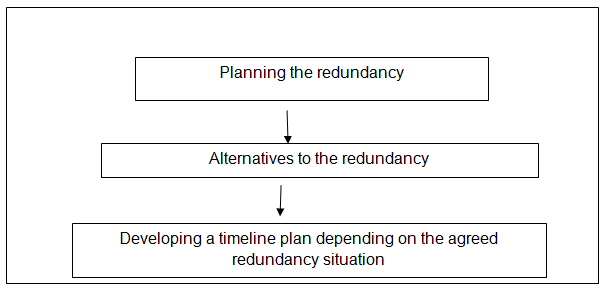Reasons for importance of employment status
The Employment Rights Act 1996 defines status of employees legally. Some of the benefits include being aware of one’s rights, to help the government determine the revenue and its effect on status of employment, and to determine the percentages for taxes and insurance according to the employment laid by the government.
The self-employed in the UK can claim expenses against tax bills. It also affects how one pays tax to governments. In the UK for instance, a self-employed person is required to pay class 2 NICs. This is associated with benefits such as the basic state pension and maternity leaves among others.
Work life balance
Work-life balance is the management of juggling acts that revolves around paid work and other personal activities. There are many advantages of life-work balance, these include reduced turnover and improved retention and recruitment, improved employee morale and engagement, and reduced stress, health costs and absenteeism among others.
Support for employee as a family member
Laws require organizations to support their employees as family members. In the UK, labor laws accord workers the right to request flexible working time and time off for care of dependents. The flexible working includes job sharing, working from homes, and working part time among others.
The Working Time Regulations 1998 also require that parents and families get maternity, paternity, adoption and dependent leaves (The Working Time Regulations, 1998). As much as organizations care about making profits, they should also consider the needs of their employees.
Discrimination
Organizations may discriminate against a particular race when considering promotion and salary increments. Sex discrimination may take a form of limiting promotion of women and salary increment on the basis of future pregnancy (Crosby, 2007).
It is also discriminatory to give job training to younger employees and leave out old ones. More so, assign particular responsibility to particular age and not others is also discriminatory. Furthermore, refusing to install wheelchair ramps is discriminatory to disabled employees (Crosby, 2007).
Fair and Unfair dismissal
Fair dismissal occurs when an employee is dismissed due to breach of employment contract. Employment contract can be fairly terminated basing on issues of improper conducts that negatively affect organizations’ reputation and redundancy or statutory obligation that the organization has to follow (Turner, 2013).
On the other hand, unfair dismissal is harsh, unjust and unreasonable termination of employee contract. When an employee is dismissed on grounds of his or her physical condition such as pregnancy or other reasons such as family issues, it is considered as an unfair dismissal (Turner, 2013).
Exit interviews
Benefits to organizations
- Exit information can be used to reduce costly turnover at the same increase employee productivity and engagement.
- Allows retention of core competence within the organization
- Improve quality of employee selection and recruitment
- Builds good employee perception of the company (Hammonds & Kapusta, 2003)
Benefits to employee
- Helps employee to discover that he/she is highly regarded Provides peace to the employee
- Helps employee identify key weakness (Hammonds & Kapusta, 2003)
Redundancy
The redundancy key stages include planning the redundancy, looking for alternatives to redundancy, and developing a timeline plan depending on the agreed redundancy situation (How to make people redundant – a step-by-step guide, 2005).
Redundancy affects the size and the structure of an organization. It also affects the financial area, whereby an organization gets to solve an economic problem. The flowchart below shows the three key stages of redundancy.

References
Crosby, F. J. (2007). Sex discrimination in the workplace. Oxford u.a.: Blackwell.
Hammonds, D., & Kapusta, K. B. (2003). HR how-to: Employment law, everything you need to know to comply with the laws that govern every stage of the employment relationship. Chicago, Ill: CCH.
The Working Time Regulations. (1998). Retrieved from http://www.legislation.gov.uk/uksi/1998/1833/contents/made
Turner, C. (2013). Unlocking Employment Law. Routledge, NY.